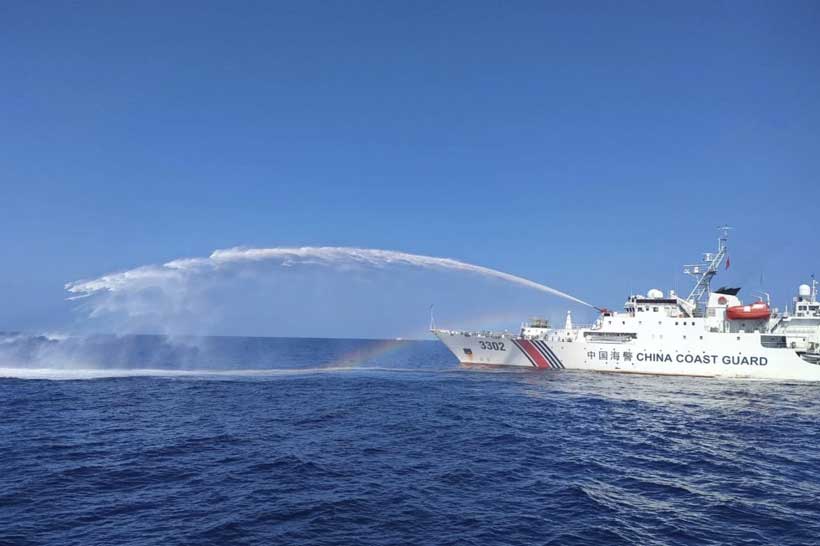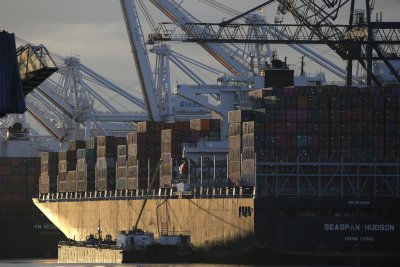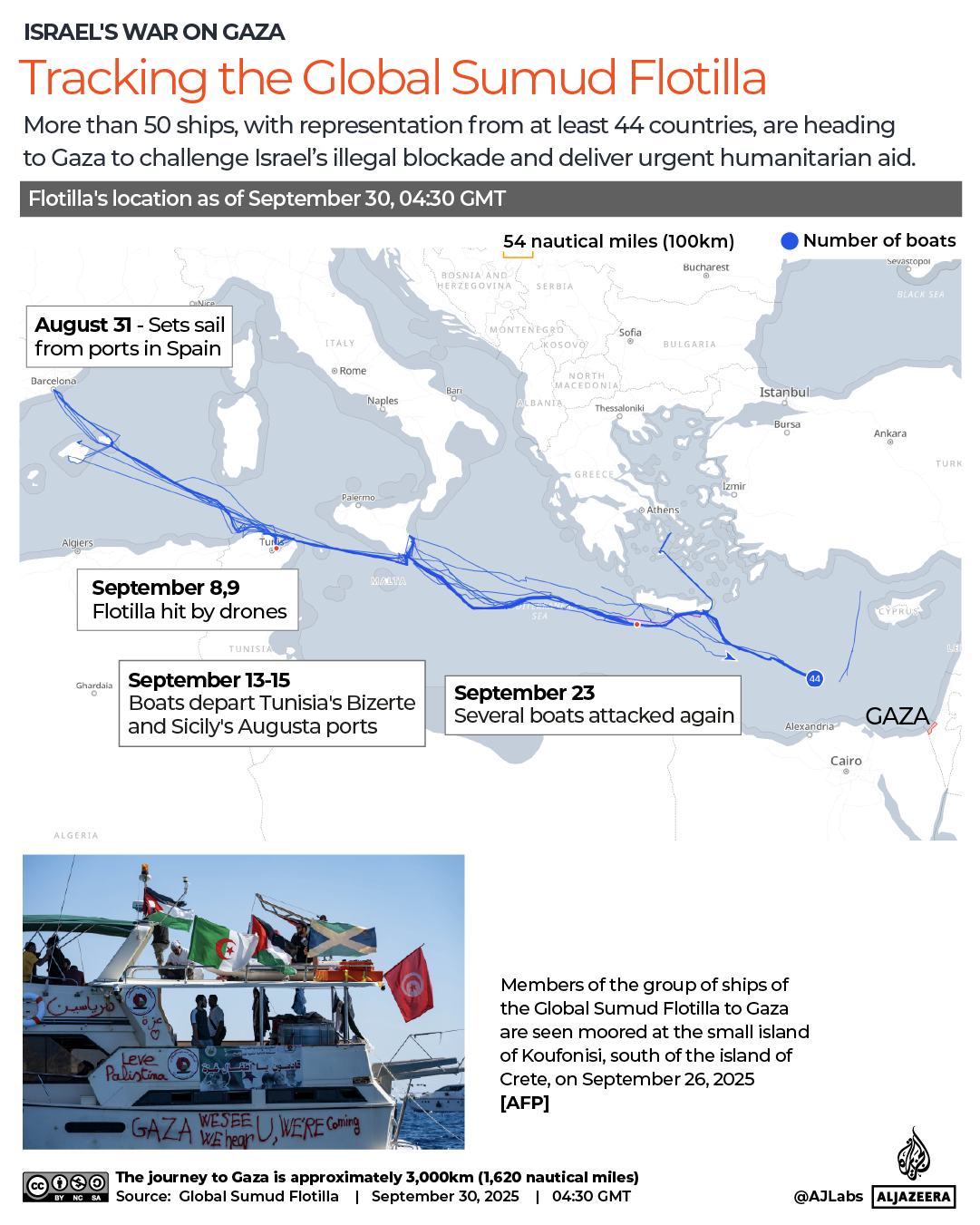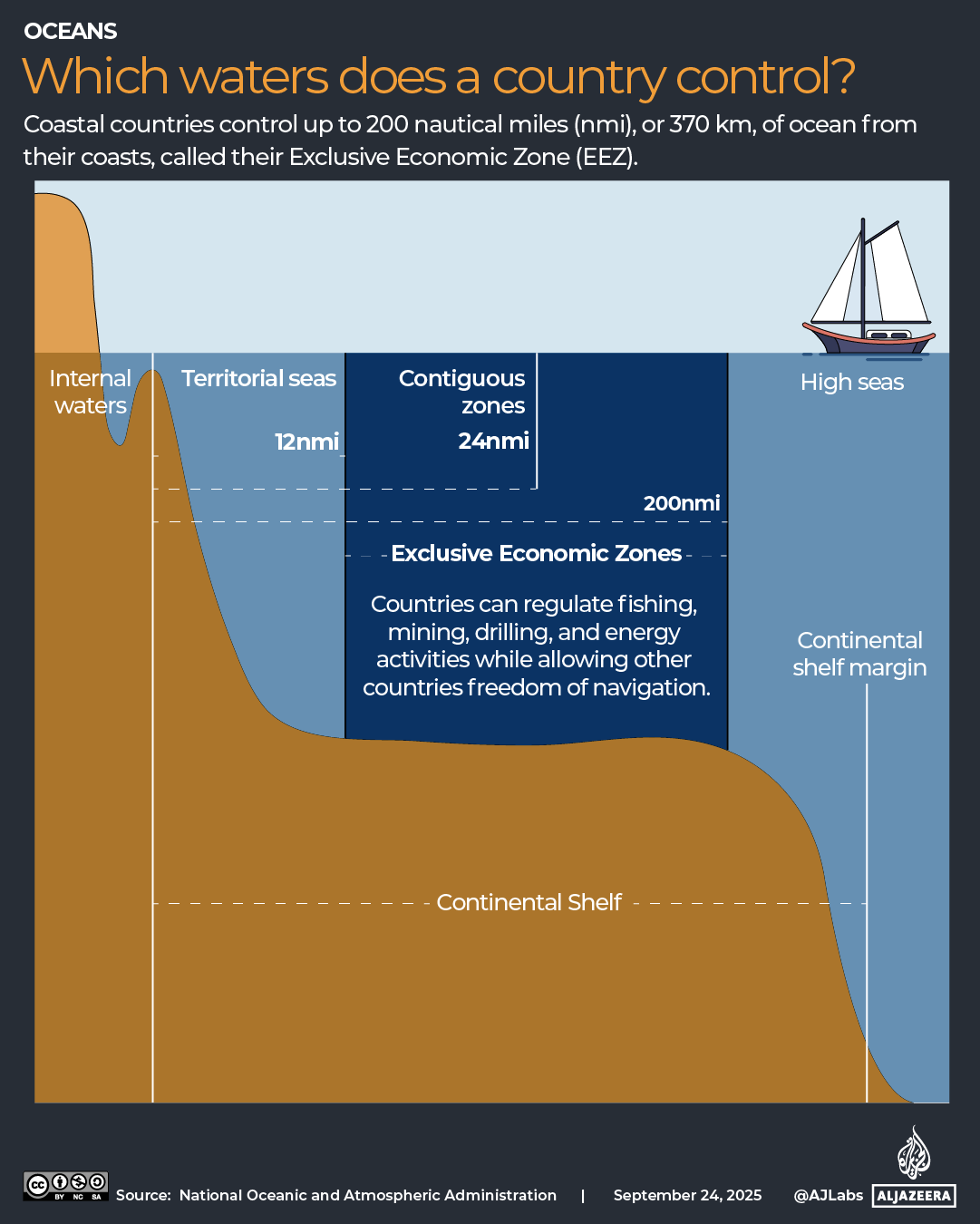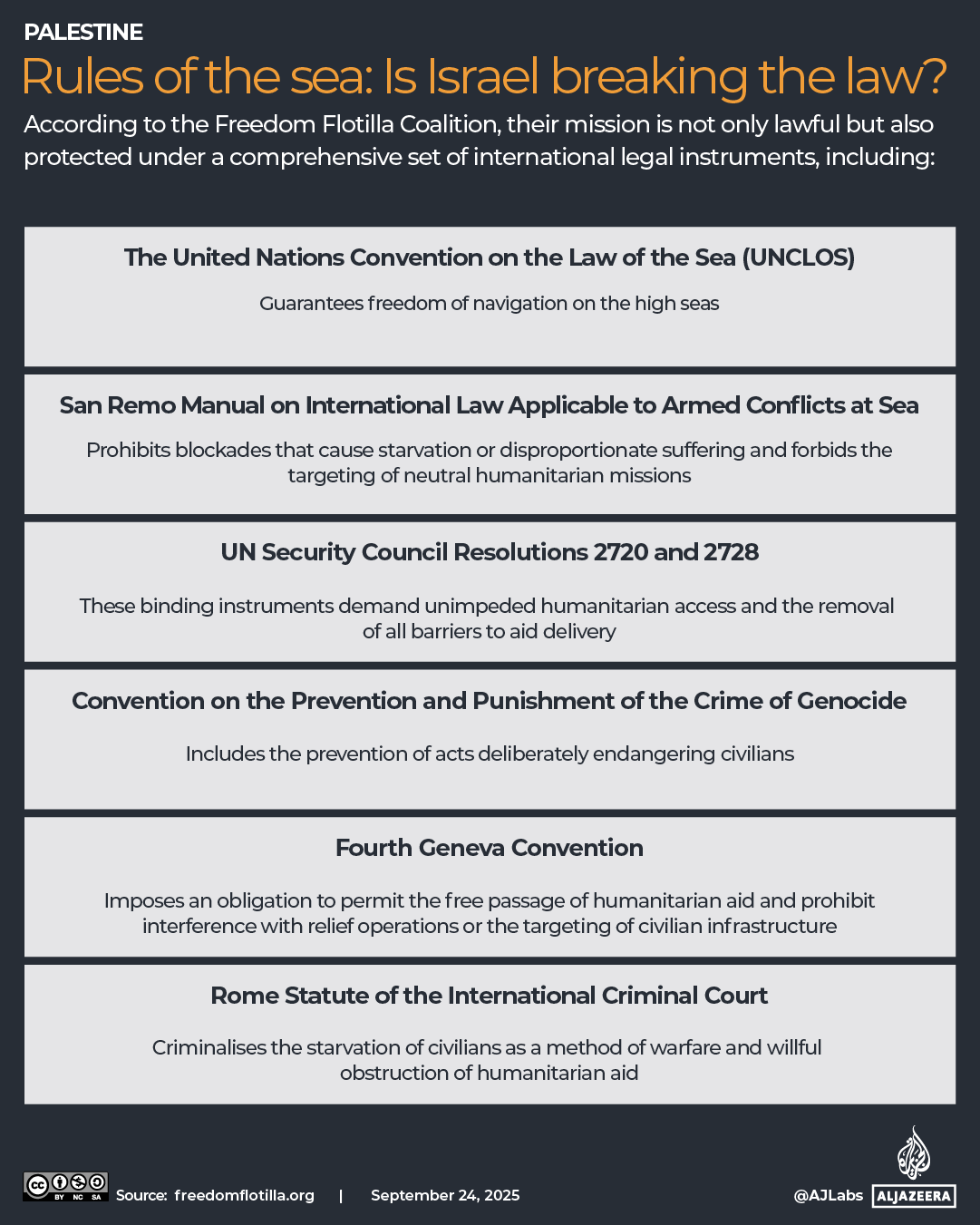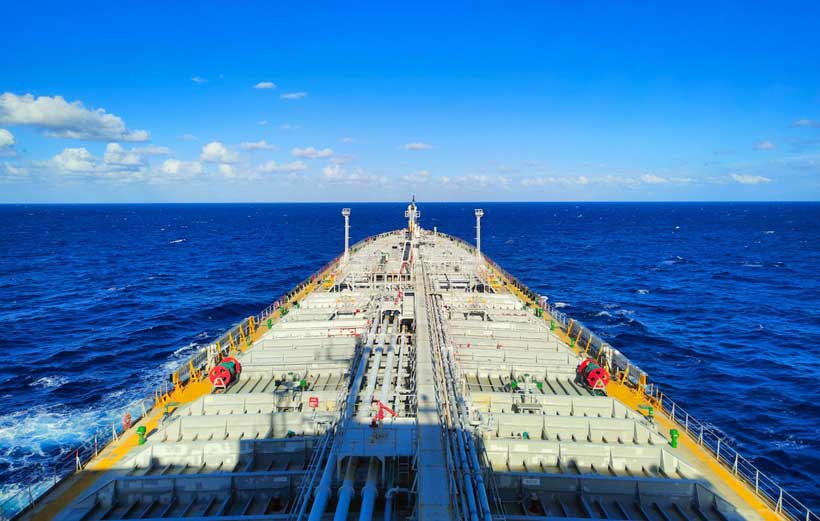White hulls in the gray zone: Why coast guards now set the tempo at sea
For decades, the image of maritime power centered on gray hulls and carrier groups. Today, the center of gravity has shifted to the white hulls that police, escort, ram, repel, rescue, and repair in the murky space between peace and open conflict. Call it the coast-guardification of security. In the Indo-Pacific, and especially around the South China Sea, coast guards are now the first responders for sovereignty spats, illegal fishing, disaster relief, drone sightings, and the protection of undersea infrastructure. The trend is not cosmetic. It is strategic, and it is accelerating. Recent scenes off Scarborough Shoal and near Thitu Island show why. In September and October 2025, the China Coast Guard used water cannons and ramming tactics on Philippine civilian and government vessels, injuring crew and damaging hulls, while Washington and others publicly backed Manila. These were not naval shootouts. They were high-stakes law enforcement encounters led by white hulls that managed political sensitivity without signaling immediate military escalation.
History helps explain how we got here. Through the 2010s, piracy in Southeast Asia declined as coordinated patrols tightened the Strait of Malacca. At the same time, gray zone pressure rose as coast guard and militia fleets, not destroyers, pushed claims around the Senkakus and the Spratlys. A 2015 Reuters dispatch already highlighted Japanese and Philippine coast guard anti-piracy drills, and by 2025 Japanese reporting still records routine intrusions by Chinese coast guard vessels around the Senkakus. White hull presence became the everyday instrument of statecraft at sea, a domain where legal authorities matter as much as tonnage.
Coast guards have also become the backbone of coalition building. The most telling images of 2025 are not only of naval flotillas but also of trilateral coast guard exercises among Japan, the United States, and the Philippines. Tokyo hosted large drills in June, the Philippine flagship returned from joint maneuvers later that month, and USNI News has tracked a steady tempo of multilateral activities that blend navies and coast guards. These events rehearse search and rescue, firefighting, interdiction, and uncrewed systems integration. They build habits of cooperation at the level most relevant to day-to-day friction.
What counts as “security” has widened too. Undersea cables that carry the world’s data now sit squarely on the white hull docket. Policymakers across the region are writing playbooks for detection, attribution, and rapid repair when cables are cut or damaged. Analysts urge Quad Plus partners to formalize protocols and run sabotage response drills that rely on law enforcement and coast guard authorities. New scholarship details how geoeconomic competition around cables is intensifying across the Indo-Pacific and why civilian maritime forces will need new sensors, legal tools, and public-private coordination to keep data flowing after an incident.
The mission creep is not only about geopolitics. It is also about fish. Vietnam has spent 2025 pushing to shed the European Commission’s IUU “yellow card,” tightening enforcement and compliance across its vast fishing fleet. IUU policing is classic coast guard work. It requires boarding teams, AIS analytics, community outreach, and a credible threat of penalties. Success here matters for livelihoods and for legitimacy, since foreign perceptions of fishing practices can shape export earnings as much as tariffs do.
Technology is transforming these forces in real time. Maritime drones and high-altitude ISR have moved from prototypes to daily tools for search and rescue, disaster response, and wide-area surveillance. Regional programs, from Japanese UAV support to Southeast Asian partners to Malaysia’s investments, reflect a simple truth. Persistent eyes and quick cueing make small coast guards feel bigger without inviting the diplomatic blowback that armed naval build-ups can trigger.
If coast guards now run the show, two practical steps can help them run it better.
First, fund an Indo-Pacific Seabed Protection Network with coast guards in the lead. Start with an agreed checklist for cable incident response that combines attribution standards, rapid permitting for repair ships, common data on seabed maps, and a secure channel for operators to notify authorities. Build this around recurring tabletopand at-sea exercises that simulate simultaneous cable cuts, and let civilian agencies command the play unless naval forces must step in. The legal authorities and public legitimacy of coast guards make them the right first responders for cable attacks that sit below the threshold of armed conflict. Allies are already converging on this logic. They should codify it.
Second, scale coast guard capacity through targeted training pipelines and shared tech. The U.S. Coast Guard’s 2025 program that opens more than a hundred training courses to Philippine personnel is a good template. Expand it to include a regional curriculum on IUU enforcement, drone employment, incident documentation, and evidence handling for prosecutions. Pair classrooms with pooled hardware. A rotating inventory of UAVs, portable radars, and small craft that partner coast guards can book for surge operations would lift outcomes faster than waiting for each budget cycle to deliver new ships.
Coast Guard decks will never replace carrier decks, and they should not try. What they can do is shape almost every day short of war. In Southeast Asia’s crowded waters, that is where strategy lives. The white hulls are already writing the script. Policymakers should give them the resources and rules they need to keep the peace, protect the seabed, and put predatory behavior on notice.
